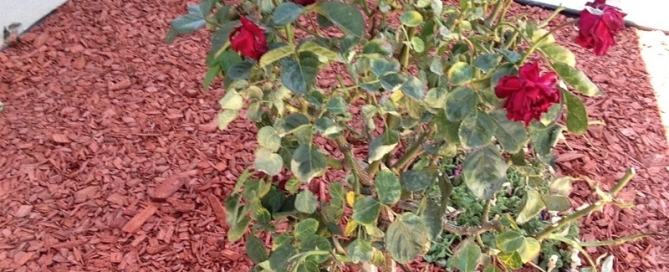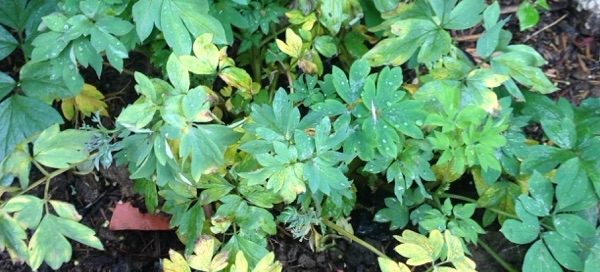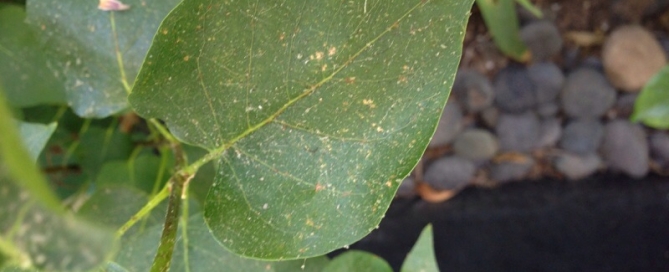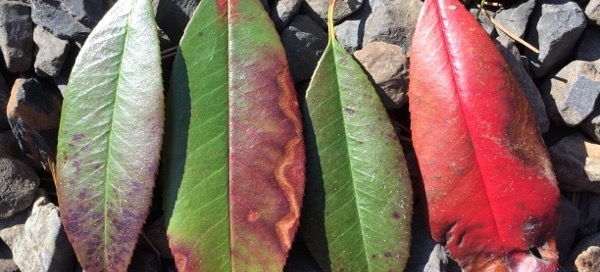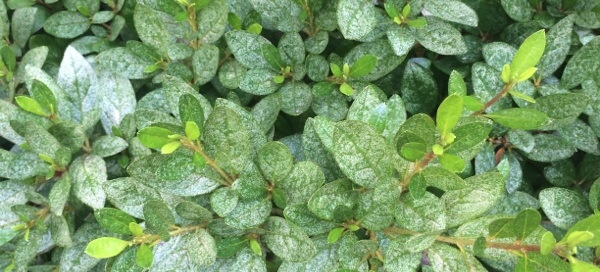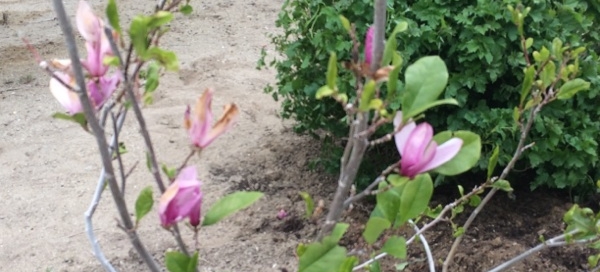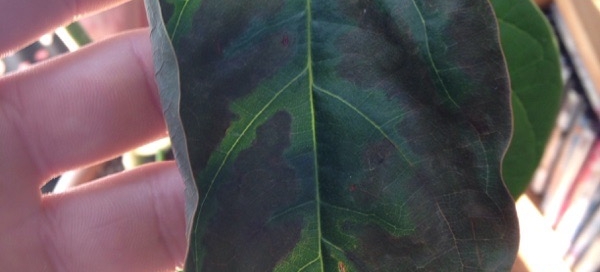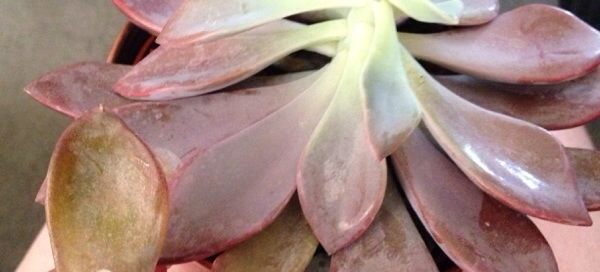Wilting Rose Bush
Your rose bush could be suffering from both the high temps and dry air, and/or too much water. When a plant is first planted in the ground, it does need to be watered well at the time of planting, but then it should be watered according to its needs after that; always avoid over-watering. Roses, once the root systems are established, only need water once or twice a week in summer, but they like to be watered deeply - so water less frequently but put enough water out to make sure it travels deeply in to the soil and reaches the growing roots when you do water. Unfortunately, the high temps and dry air make it difficult for a newly planted plant to get a good start, and we can understand why you're watering it every day, but that's probably too much water for the not yet established root system. Over-watering can cause plants to wilt as well. If the plant is getting more than 3-4 hours of shade during the day, this can also slow down water uptake. Besides, Roses do best in full sun for 6-8 hours per day. If the soil is moist (or wet) now, don't water again until it has evaporated and begins to dry out in the upper few inches of top-soil. When the temps cool down, you definately should not water the rose every day. Hopefully it will recover from the extremes and the leaves will stop drying out, and the flowers will stop wilting. Here's a link to everything you need to know about Roses from the University of CA. http://www.ipm.ucdavis.edu/PMG/PESTNOTES/pn7465.html
